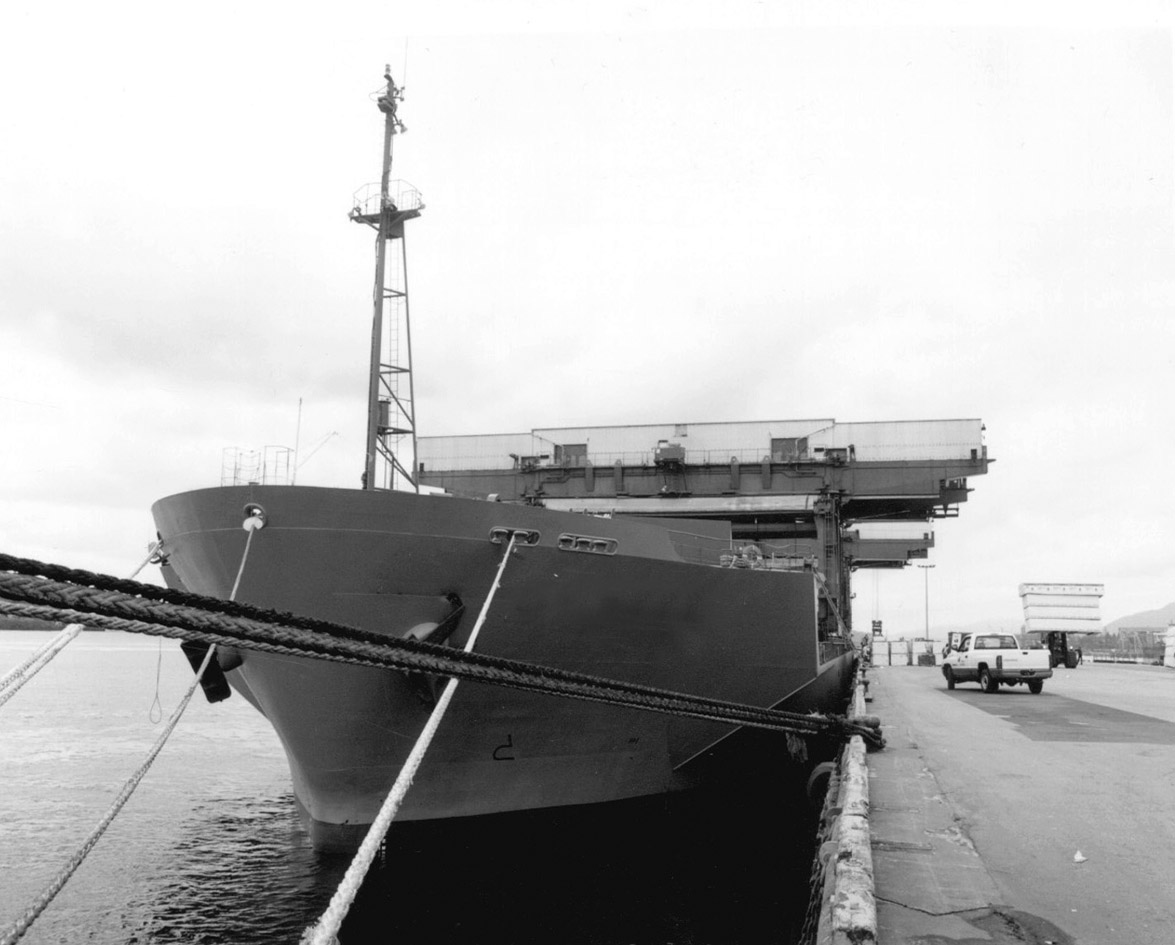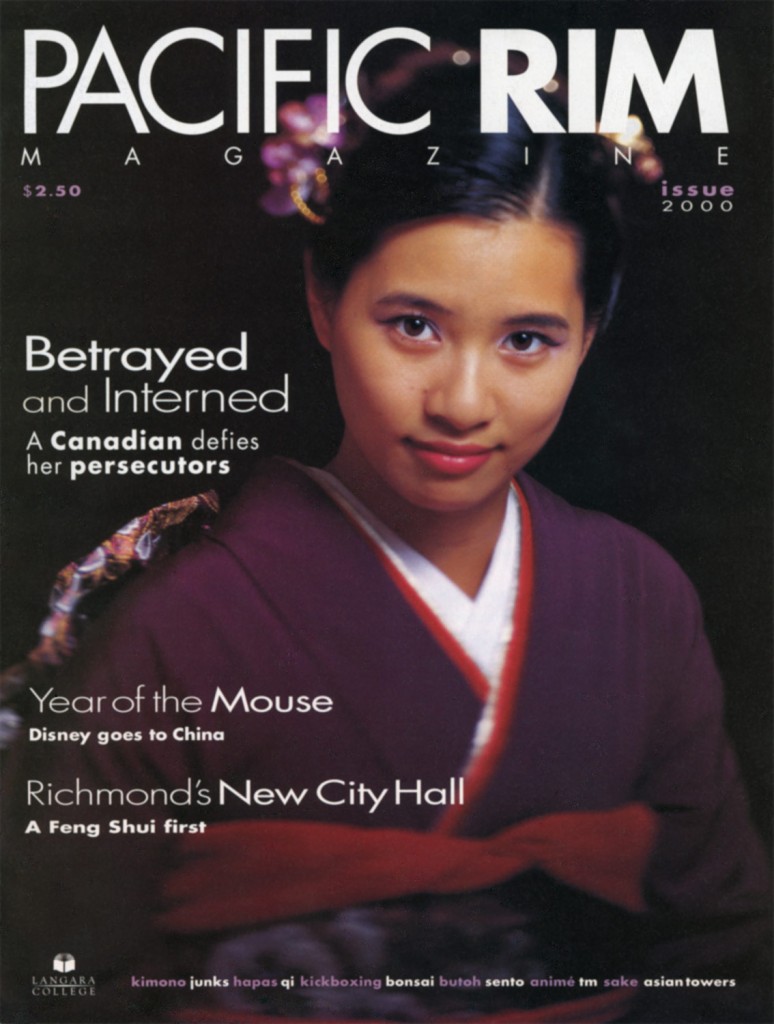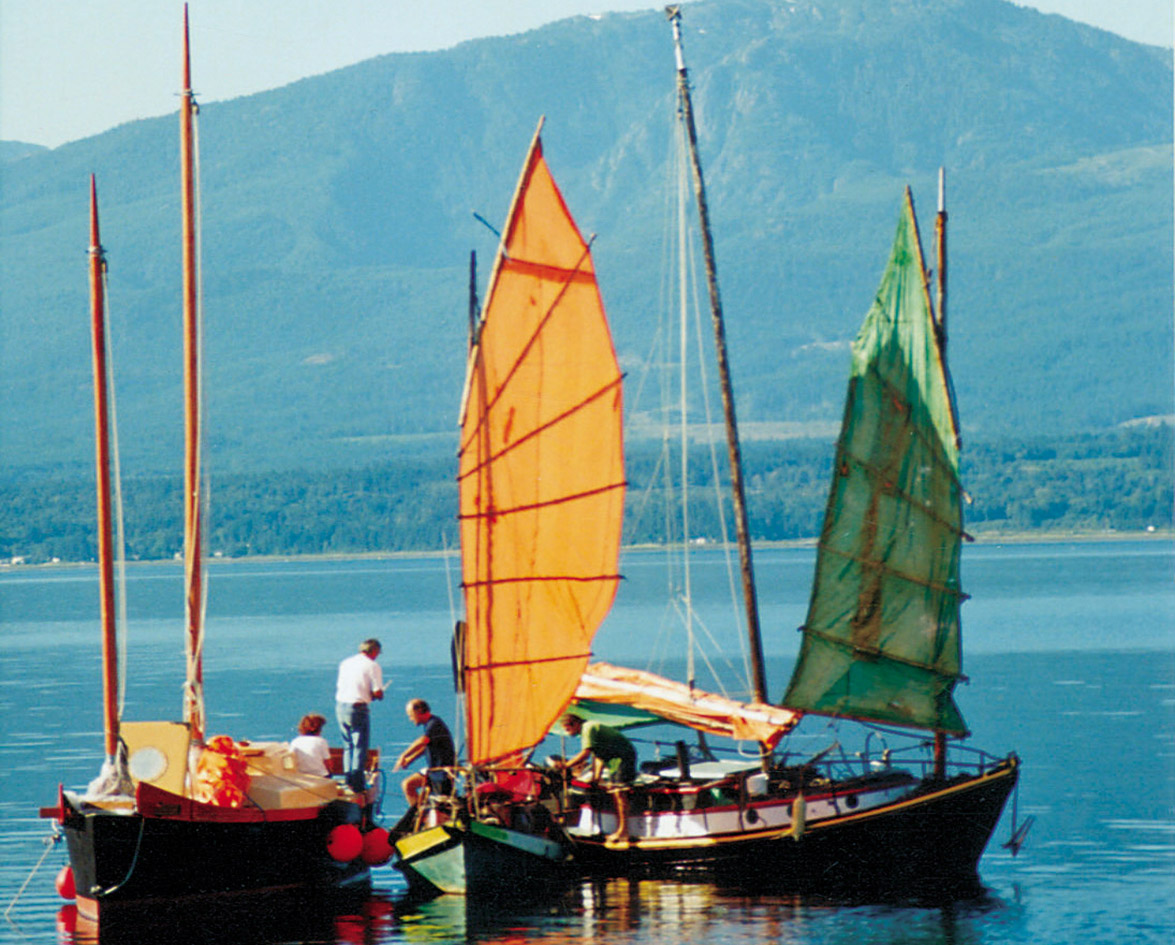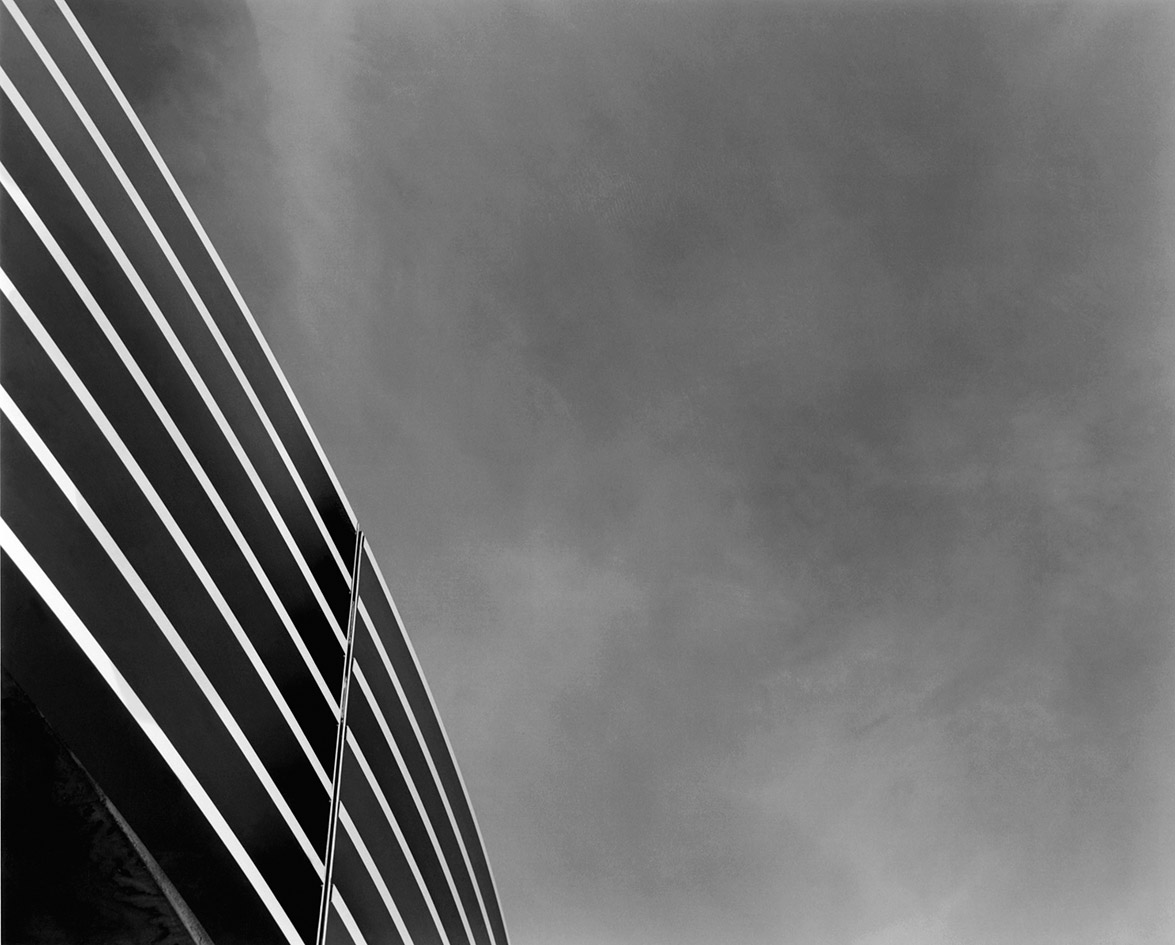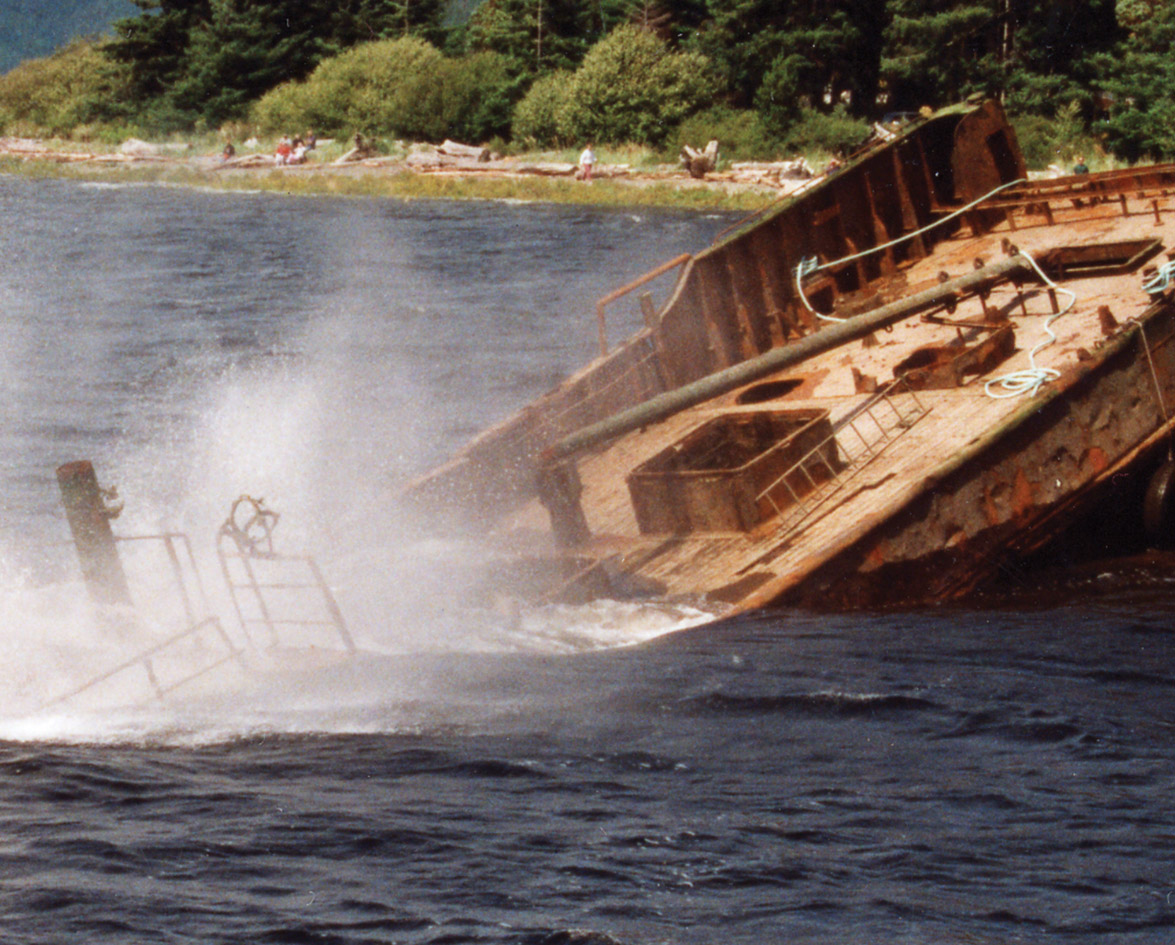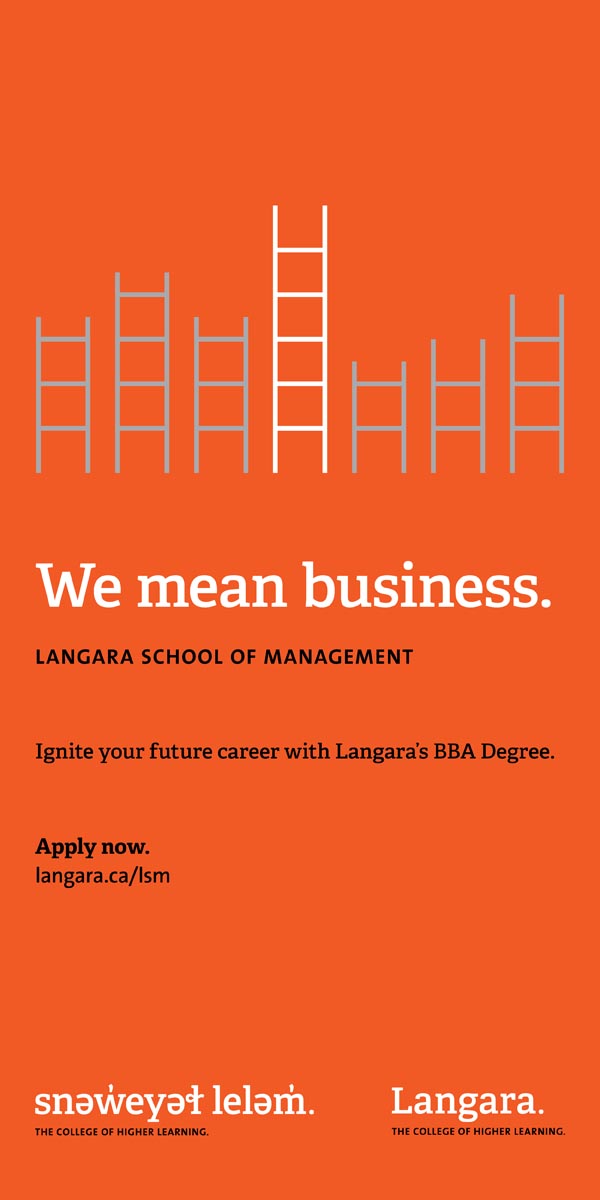Something was wrong aboard the Espiritus Santos, but the crew wasn’t talking. When it docked in Vancouver, Teus Kappers decided to investigate.
He boarded the ship and approached the captain. After insisting he could help, Kappers was led to a tightly-chained storage locker. The officers slowly opened the heavy door and peered in. “Are you sure you want to help?” they asked. Kappers nodded, but was beginning to have second thoughts. Before he could change his mind, they thrust him into the locker and slammed the door shut. When his eyes adjusted to the darkness, Kappers discovered he was not alone. There were other men in the locker—four stowaways from East Africa.
Kappers arranged for immigration officers to escort the stowaways off the ship, and not a moment too soon. Given the costs—thousands of dollars and the many problems the freeloaders had caused the captain, it was likely he was beginning to consider the traditional method of stowaway disembarkation—pitching them overboard.
The Lighthouse Harbour Ministries in Vancouver
Kappers is Port Chaplain for Lighthouse Harbour Ministries in Vancouver. One wouldn’t normally expect to find a missionary on the docks, but this is exactly where he’s been since 1981.
Lighthouse Harbour Ministries is a worldwide Christian organization with a mission to serve the world’s seamen. Located in North Vancouver and the Fraser Surrey Docks, it provides the perfect place for seamen to experience the warmth of home.
The ministry began in Britain in the mid-1800s. An old troop ship was converted into a church for sailors who docked nearby, providing a place for spiritual worship, friendship, and care. With crews of nearly 200 men coming to port, it wasn’t long before similar centres began opening their doors all over the world, including such ports of call as Korea, the Philippines, Germany, Holland, and the United States.
Volunteers Are Long Serving
The ministry is a lifelong endeavour for Kappers. He discovered the organization as a college student in Wales and never turned back. In 1982, he and his family moved from London to Vancouver to help open the local centres. “Time flies. I used to go onto the ships and I was the youngest one there. Now I’m the oldest!”
Since 1985, the Lighthouses in the Lower Mainland have served over 150,000 men of 120 different nationalities. Isabella Gilmartin has been volunteering for 15 years, “When this place was built, my son said ‘Mom, I think this is something that would suit you,’ so I’ve been here ever since.”
Gilmartin spends her time serving coffee, visiting with sailors, and knitting toques to give as gifts. But that’s not all the centre has to offer.
Each night, volunteers pick up the men and give them free transportation to the centre, where they enjoy refreshments, snacks, and entertainment such as table tennis, pool, shuffleboard, and singing. They’re also given a place to phone home and low-cost phone cards. On occasion, the Lighthouse arranges special activities, including sight-seeing tours, volleyball, and soccer games. Most of the seamen speak some English, but to help overcome the language barrier, literature, music, and movies are provided in a number of different languages.
Pedro Matabang, a Filipino sailor, was at the Lighthouse for the second time after having visited in 1996. “It is comfortable,” he said. “It feels like home. I like it very much to be here.”
There is an atmosphere about the centre that seems to attract the sailors. “We come here for the environment,” said Lin Jin Hong, first engineer aboard the Mass Prosperity, who visited the Lighthouse from China. In broken English, he explained that he hasn’t seen his wife and baby boy since he boarded the ship nine months ago.
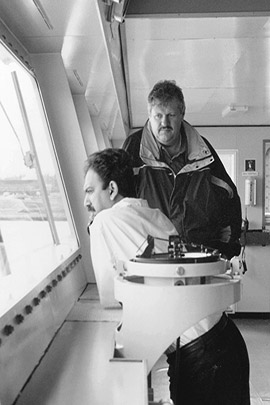
The Lighthouse Also Provides Care And Aid To Those Seaman In Need
As well as providing a place to go, the Lighthouse arranges financial aid, medical care, and assistance for seamen in trouble. In 1992, a Chilean ship docked in Vancouver in such poor condition that port authorities denied departure until the ship was repaired. But rather than spend the money to repair it, the owner abandoned the ship and the crew. He did send plane tickets for the sailors to return home, but failed to pay their wages. A crew member named Louis was left penniless and stayed with the ship for over a year in order to claim salvage rights. He slept on the ship throughout the winter, without electricity or heat.
During this time, his only source of money and food was from his new friends at the Lighthouse. Volunteer Joan Carré cooked many of his meals during the year. “When I made a meal at home, I just cooked a little extra to bring to him.” He got permission to use the Lighthouse to warm up his meals and use the appliances. “That was his home while he was here,” said Carré. “He wrote later to let us know that he did get the salvage rights and he is not going back to sea.”
Another goal of Lighthouse Harbour Ministries is to help the seamen spiritually. “We want to show God’s love. That’s the purpose of the Lighthouse,” said volunteer Gilmartin.
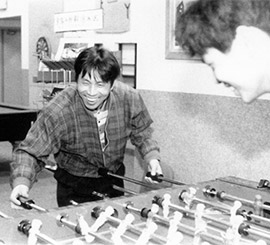
Each morning a volunteer visits the ships to assist the crews, hand out Bibles translated into their languages, and invite them to visit the Lighthouse. Kappers still remembers his first visit to a ship. “The first ship I ever went on was from the Soviet Union. I was giving out Bibles to the men and they threw everything overboard. If it wasn’t for my size, I would have gone over too! Every free afternoon after that, I went down to the ships.”
He believes that the Lighthouse is his calling. “God told me. That’s the simplest of all answers. I really consider it as God’s call.”
Visit The Lighthouse Harbour Ministries website for more information.





